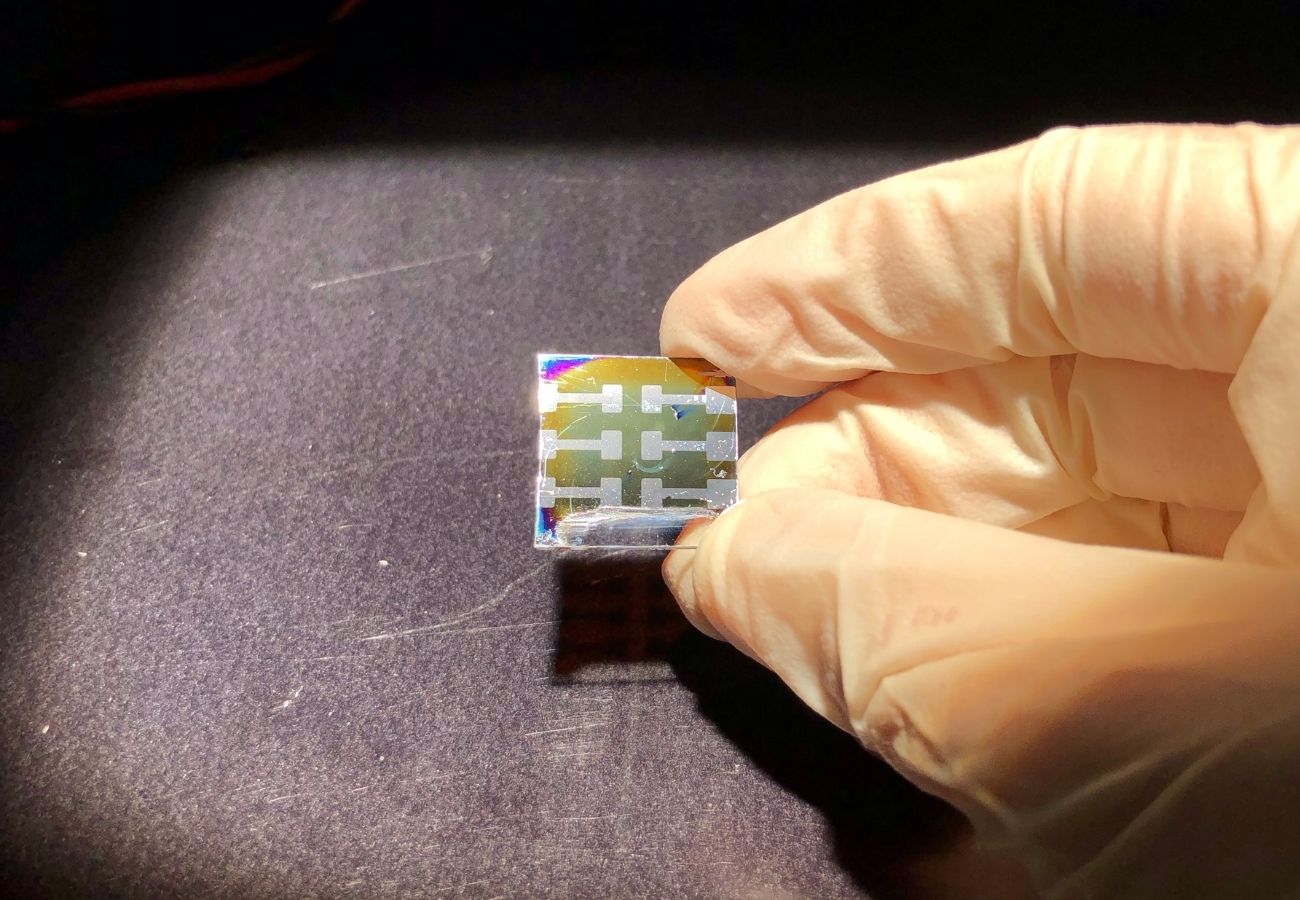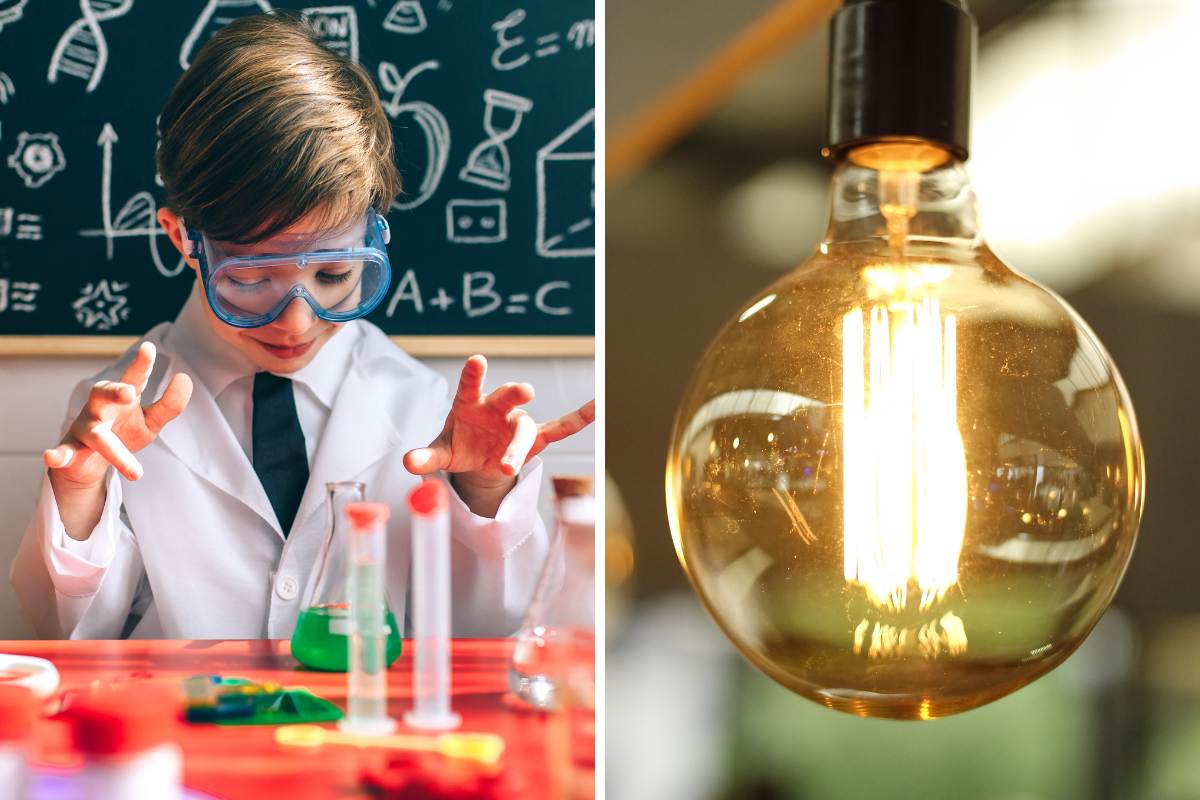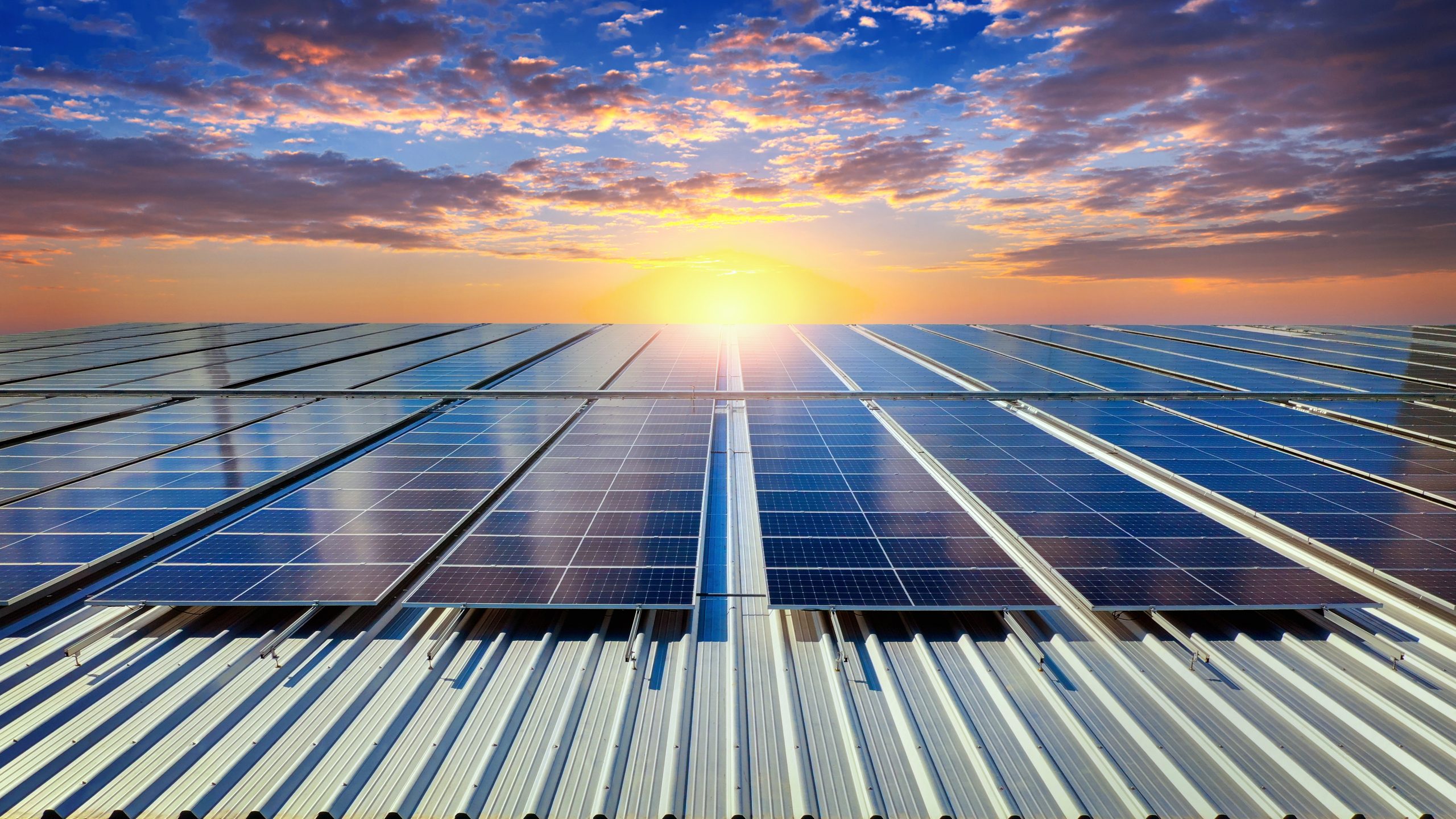Solar Cell With TPC Technology Achieves 23.99 Percent Efficiency
It’s certainly amazing to see that solar energy systems are getting more efficient as time passes. The developments made today are meant to transform their absorption capability as easily as they can get. In Germany, there is a certain development on how solar cells might be built.
Development
German scientists have been building a solar cell that has transparent ultra-thin layers. The purpose is claimed to be aimed at effectively preventing events of recombination. The potential technology is seen to have a capability of achieving efficiencies near 26 percent.
Researchers say that once the study is deemed marketable, the tech can be scaled up easily for commercial production. According to claims from experts of the Jülich Institute for Energy and Climate Research in Germany, they have made a prototype of a solar cell based on a transparent passivated contact, or TPC, with a 23.99% efficiency of power conversion.
Results
Experts from the CalTeC laboratory of the Institute for Solar Energy Research in Hamelin, or ISFH, have confirmed the result of the prototype made. They said that although the solar cell is currently ranked slightly underneath the best crystalline silicon cells ever made to date, the simulations being conducted in parallel shows that it is possible to achieve more than 26 percent efficiency with TPC technology.
Through the ultra-thin transparent layers, the device passivation was obtained. They added that during the process, the already-generated positive and negative charge carriers cancel out and combine with each other before being utilized for solar electricity. That effect has a solution through the application of special materials that exhibits a special property called “passivation.”
Potential
The process of manufacturing is based on chemical vapor deposition (CVD), wet chemical processes, and a sputtering technique. The prototype solar cell was constructed with a dual-layer of minute pyramid-shaped silicon carbide nanocrystals and a layer of transparent indium tin oxide, in which both were deposited on a slim silicon dioxide layer.
The scientists also claim that, aside from providing the level of the desired passivation, the incidence of light is reduced by the transparent layers since they have high electrical conductivity. According to researcher Kaining Ding, so far, there is no approach ever made that combines the properties conductivity, transparency, and passivation then fabricates such design.
Scientists expect that their technology will make leading manufacturers of solar cells greatly interested.
Conclusion
With TPC technology, we can have better solar cells that probably can have a greater environmental impact due to their efficiency. It just proves that we can still expect more renewable energy systems in the future.



